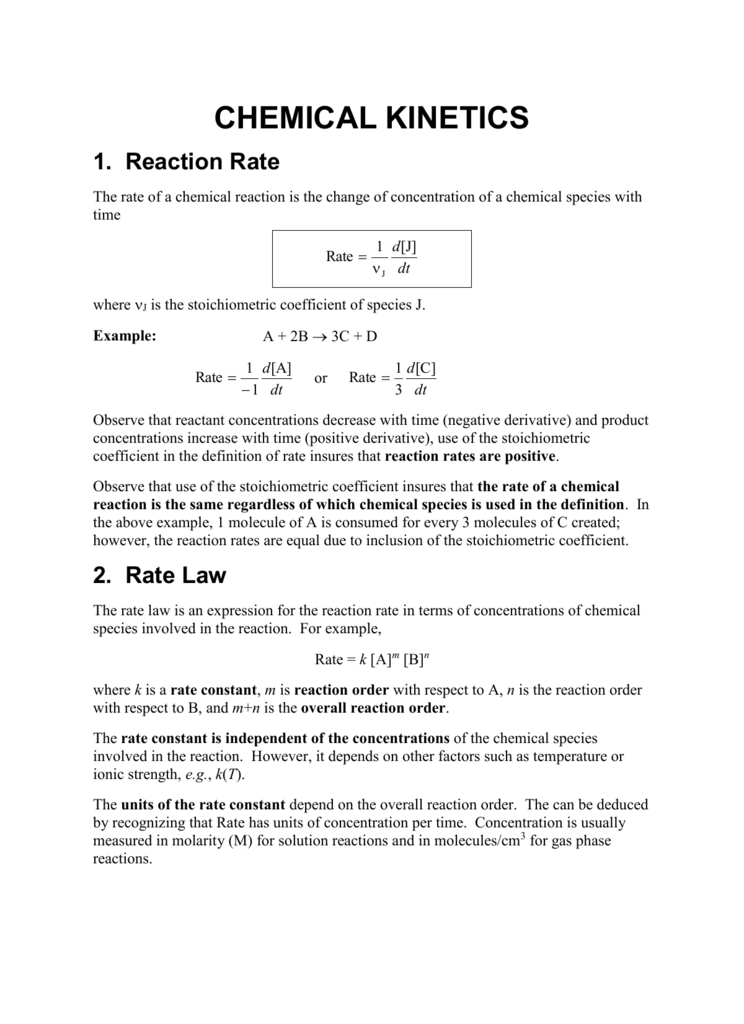Understanding Coefficients in Science: Meaning, Examples, and Real-World Applications

Introduction
Coefficients are a fundamental concept in science, especially in mathematics, physics, chemistry, and statistics. Understanding what a coefficient is-and how it functions within equations and formulas-enables you to interpret scientific results, construct models, and solve real-world problems. This article offers a detailed exploration of coefficients, including their definition, types, practical examples, and guidance on how to work with them effectively in scientific contexts.
What Is a Coefficient?
A
coefficient
is a number or constant that multiplies a variable in a mathematical expression or equation. In simple terms, it tells you how many times a variable is counted or how strongly a particular variable influences the outcome of the equation. For example, in the equation
3x + 4y = 12
, the coefficient of
x
is 3, and the coefficient of
y
is 4. If a variable does not have a number written next to it, its coefficient is assumed to be 1
[4]
. Coefficients can be positive, negative, zero, real, imaginary, fractional, or whole numbers
[5]
.
Types of Coefficients
Coefficients appear in a variety of forms depending on the context:
- Numerical Coefficient: A specific number multiplying a variable, such as 5 in 5x [4] .
-
Literal Coefficient:
A coefficient represented by a letter or symbol, often used when the exact value is unknown, such as
a
in
ax^2
[3] . -
Constant Coefficient:
A term in an expression or equation without any variable, such as the 7 in
10x + x^2 + 7
[4] .
Coefficients are not limited to single variables. In multivariable expressions, each variable has its own coefficient, and terms can have more than one variable, such as in
3xy
, where the coefficient is 3.
Why Are Coefficients Important in Science?
Coefficients serve as crucial tools in quantifying relationships between variables. They allow scientists and mathematicians to:
-
Express
proportional relationships
between quantities. For example, in physics, force is often written as
F = ma
, where the coefficient of
a
(acceleration) is mass (
m
), showing how force changes with mass and acceleration [3] . - Describe rates of change . In calculus, the coefficient of a derivative term can indicate how rapidly a system changes.
- Model real-world phenomena . For example, coefficients in chemical equations indicate the ratios in which substances react or are produced.
- Interpret experimental data by showing how much a change in one variable is expected to affect another.
How to Identify Coefficients in Equations
Recognizing coefficients is straightforward once you know what to look for. In any algebraic or scientific equation, the coefficient is the number directly multiplied by the variable. Here are actionable steps to identify them:
- Locate the variable in the term.
- Identify the number directly multiplying the variable . If there is no number, the coefficient is 1.
- Watch for negative signs . If the number is negative, the coefficient is negative (e.g., -2 in -2y).
- For terms with more than one variable (e.g., 3xy), the coefficient is still the number multiplying the variables (3 in this case).
Example: In the equation
4x – 3y + 7 = 0
, the coefficient of
x
is 4, the coefficient of
y
is -3, and 7 is a constant term
[4]
.
Real-World Examples of Coefficients in Science
Coefficients are not just abstract mathematical objects-they have practical significance in various scientific fields:

Source: gamesmartz.com
Physics
In physics, coefficients often represent physical constants or proportions. For example, in the equation for kinetic energy,
KE = 1/2 mv^2
, the coefficient is 1/2, showing that kinetic energy is half the product of mass and the square of velocity.
Chemistry
Chemical equations use coefficients to balance reactants and products. In
2H
2
+ O
2
→ 2H
2
O
, the coefficients 2 and 1 indicate the number of molecules involved in the reaction.
Statistics
Regression analysis uses coefficients to quantify relationships between variables. In a linear regression equation like
y = a + bx
,
b
is the coefficient showing how much
y
changes for each unit increase in
x
.
Working with Coefficients: Practical Guidance
To use coefficients effectively in science, follow these steps:
- Understand the context. Identify which variables the coefficient is associated with and what they represent in your formula.
- Determine the units. In science, coefficients often carry units (e.g., Newtons per meter, grams per mole).
- Interpret the meaning. Ask yourself: What does this coefficient tell me about the relationship between the variables? For example, a large coefficient may indicate a strong effect.
- Check for dimensional consistency. Ensure that the coefficient’s units make sense in the context of the equation.
If you need to find coefficients in unfamiliar equations, you can:
- Consult textbooks or online resources for definitions and examples. Many educational platforms offer detailed tutorials on identifying and interpreting coefficients.
- Ask teachers or tutors for clarification-often, classroom examples can clarify how coefficients work in practice.
- Use online calculators to break down complex expressions and identify coefficients.
For more guidance, you may search reputable educational websites or contact a local tutor specializing in mathematics or science.
Potential Challenges and Solutions
Some common challenges when working with coefficients include:
- Misidentifying the coefficient . Remember, the coefficient is always the number directly multiplied by the variable-it does not include exponents or attached variables.
- Overlooking implied coefficients. If a variable appears without a number, its coefficient is 1.
-
Complex expressions.
With multiple variables or parameters, carefully distinguish between what is a variable and what is a parameter (e.g., in
ax^2 + bx + c
,
a
,
b
, and
c
are coefficients if x is the variable) [3] . - Units and dimensions. Always ensure coefficients have appropriate units in scientific formulas.
To overcome these challenges, check your work by substituting sample values and verifying that the equation behaves as expected.

Source: tffn.net
Alternative Approaches to Understanding Coefficients
Coefficients are not always numerical; they can be symbolic or represent real-world data parameters. When studying advanced topics, coefficients might be determined through experimentation, statistical analysis, or theoretical derivation. For example:
- In experimental sciences, coefficients may be found by measuring outcomes and fitting data to a model.
- In mathematical modeling, coefficients can be adjusted to optimize predictions or fit observed data.
If you require further information on coefficients in a specific context (such as chemistry, physics, or economics), consider searching for “coefficient in [subject area]” using trusted educational sources or official agency websites.
Key Takeaways
Coefficients are essential for quantifying relationships in science. They provide a numerical (or sometimes symbolic) measure of how much a variable contributes to the value of an expression or equation. Mastering the identification and interpretation of coefficients will enhance your ability to analyze scientific problems, interpret experimental data, and construct mathematical models.






